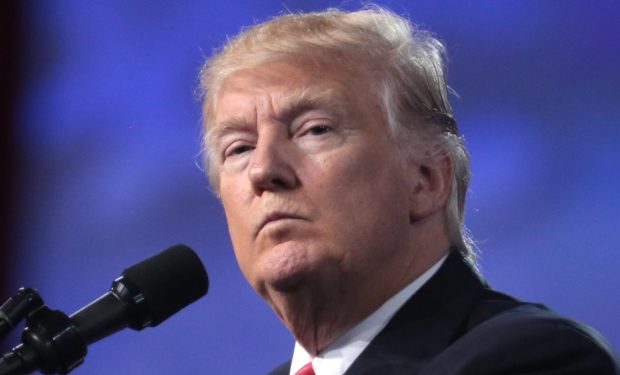If former President Donald Trump‘s alleged election interference crimes “culminated and converged” on January 6, 2021 — as Special Counsel Jack Smith‘s filings assert — then the attack on the Capitol that day is to be understood as part of Trump’s broader plot to reverse the election results of 2020 in order to retain power.
It is a plot, the DOJ alleges, that included fake electors and other means, with the Capitol attack being a critical element in the prosecution’s case against the former President.
Trump’s lawyers don’t want mention of the January 6 events included in the charges he faces, and have sought to remove the President’s Jan 6 actions from the actions of the rioters that day.
“The defendant seeks to distance himself, moving to strike allegations in the indictment related to ‘the actions at the Capitol on January 6, 2021’,” reads the DOJ response to the Trump team’s request.
The prosecution asserts that a cleaving of Trump from January 6 is “a meritless effort to evade the indictment’s clear allegations that the defendant is responsible for the events at the Capitol on January 6.”
[JustSecurity, below, describes Smith using Trump’s “continued embrace” of the Jan 6 rioters.]
DOJ Will Use Trump’s Continued Embrace of #January6th Rioters to Prove Its Case
— Just Security (@just_security) November 10, 2023
A dissection of Jack Smith’s court filings and Trump’s recent statements in support of J6 defendants.https://t.co/k5CulT9sFp
The indictment by the grand jury charges Trump with three criminal conspiracies:
a. A conspiracy to defraud the United States by using dishonesty, fraud, and deceit to impair, obstruct, and defeat the lawful federal government function by which the results of the presidential election are collected, counted, and certified by the federal government, in violation of 18 U.S.C. § 371;
b. A conspiracy to corruptly obstruct and impede the January 6 congressional proceeding at which the collected results of the presidential election are counted and certified (“the certification proceeding”), in violation of 18 U.S.C. § 1512(k); and
c. A conspiracy against the right to vote and to have one’s vote counted, in violation of 18 U.S.C. § 241.
The second point, b, is paramount in the prosecution’s response to the Trump team’s effort to create separation between the former President and the event, citing especially his persistent linking of himself with January 6 in public statements since that day.
“Publicly,” the DOJ says, “the defendant has promoted and extolled the events of that day,” citing multiple examples.
The response says that at various times “since January 6, despite his knowledge of the violent actions at the Capitol, the defendant has publicly praised and defended rioters and their conduct.”
“Contrary to the defendant’s claims, then, the indictment’s allegations related to the actions at the Capitol are relevant and probative evidence of the defendant’s conduct and intent,” the DOJ response reads, “and they are neither prejudicial nor inflammatory. His motion to strike them from the indictment must be denied.”
Why must the motion to strike be denied? Most concisely, the DOJ answers with this: “The defendant’s decision to repeatedly stand behind January 6 rioters and their cause is relevant to the jury’s determination of whether he intended the actions at the Capitol that day.”
